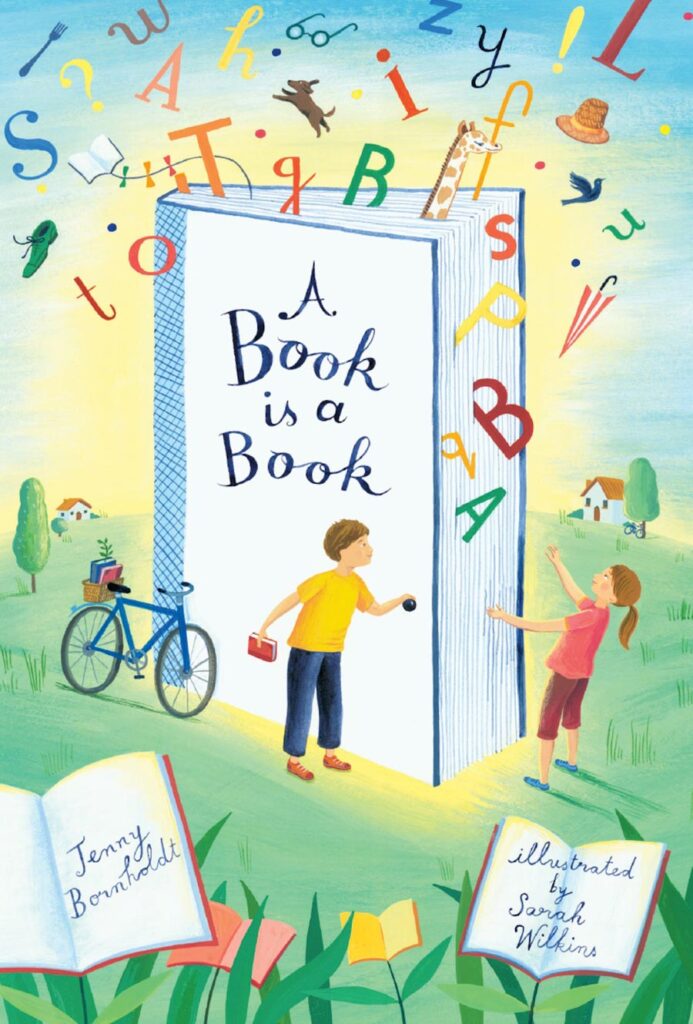Aunty Fay Muir and Sue Lawson Always Was, Always Will Be, Magabala Books, June 2024, 94 pp., RRP $27.99 (hbk), ISBN 9781922777614
This important book is a celebration of the strength and resilience of First Nations peoples in Australia and their defence of their lands and rights from the time of white settlement. It explains some of the many acts First Nations peoples have undertaken in this defence. Some of these key events will be familiar to young readers but many won’t, and it is important that knowledge of these is preserved. The CEO of Magabala books, in the accompanying press release, acknowledges the support of Reconciliation Australia and calls this book a ‘powerful truth-telling tool’.
The book is set out chronologically, detailing events from the landing of the First Fleet up until the 2023 Voice referendum. The book can be read chronologically, or particular episodes picked out with the help of the Table of Contents, which allows the reader to see at a glance the events covered in the book- from European Arrival to the Voice Referendum. There is also a glossary, picture credits and references. The latter can be used by readers to follow up any of the items covered in the book.
The book is extensively illustrated with photographs, that provide a visual impact to the accompanying written item. The endpapers provide a selection of protest slogans that strongly and succinctly outline First Nations peoples’ calls in support of their rights: day of Mourning, Always Was – Always Will be, Treaty Now, for example.
The authors have successfully collaborated on a number of earlier books. Both authors emphasise the importance of learning about First Nations’ history and of the need for discussion about the matters raised in books like this. First Nations children can understand, through such a book, that they are part of a proud and continuing story of defence of their place in Australia.
The introduction to the book reminds us that, although some people believe that current campaigns are actually new, there is in fact a long history as ‘First Nations people have been fighting for equal rights since Europeans first arrived in Botany Bay’ (p. 11). Sadly, the conclusion, while pointing out that advances have been made, also acknowledges there is still a long way to go.
It is to be hoped that his powerful and deeply moving book by educating younger readers to this aspect of First Nations’ history, will encourage a new generation to understand and support ongoing advances.
Reviewed by Margot Hillel





